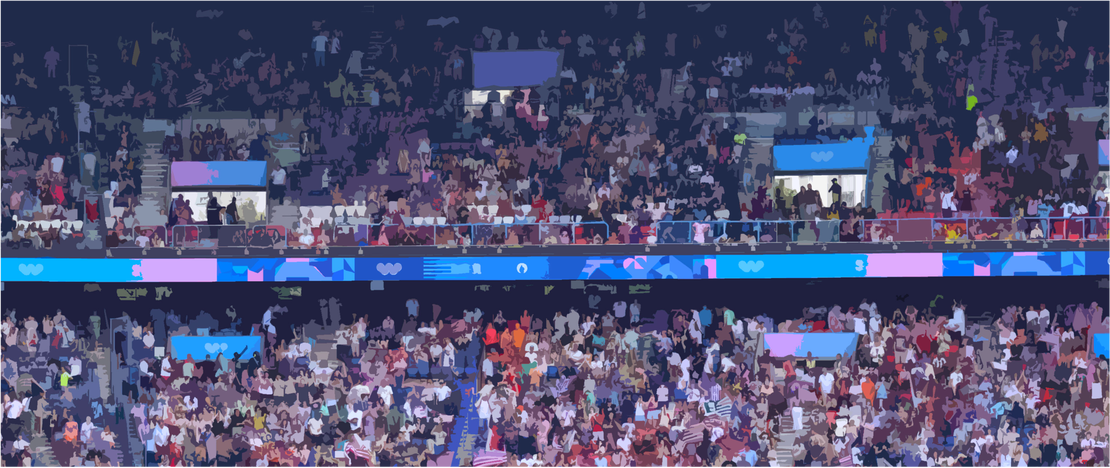
Defining the logic and risk of terrorist UAS attacks in the United States
- Austin Doctor , Suat Cubukcu , George Grispos , Joel Elson , Tyler McCoid
- Ux s , Emerging technology
- June 2025
Table of Contents
A report on the logic and emerging trends in terrorist use of UAS.
Project Overview
In support of the U.S. Department of Homeland Security, the interdisciplinary project team conducted a one-year study to characterize the logic and emerging trends in terrorist use of unmanned aerial systems (UAS). The project team completed three rapid review reports which focus on key dimensions of the issue. Following the completion of these reports, the team hosted an in-person subject matter expert focus group meeting in spring 2025. The interagency workshop brought together counterterrorism and counter-UAS partners from federal and state law enforcement as well as the intelligence community. This report identifies five core findings – i.e., high level analytical conclusions suggested from the completed research activities.
Core Findings
- Practitioner Focus on Targets and Related Vulnerabilities
- Open-Source Knowledge and DIY Tools Are Facilitating UAS Acquisition and Adaptation
- Domestic Counter-UAS Efforts Are Hindered by Legal and Structural Gaps
- Advancements in Drone Technology Are Expanding the Threat Spectrum
- UAS Supply Chains Require Greater Scrutiny and Disruption
Full Report
Follow link below for the paper. Questions? Contact the authors.
Full PaperRelated Posts

Advancements in the connection between Unmanned Systems (UxS) and geospatial technologies
Research on unmanned systems (UxS) and the current state of terrorist innovation in this emerging space.
Read More
Event-related threats in the United States: Analysis of plots and incidents from 1970–2024
- Tin Nguyen , Erin Kearns , Callie Vitro , Sarah Schappert , Cynthia Kennedy , Allison Munderloh ,
- Event security
Research on event-related threats in the United States
Read More
The metaverse as a future threat landscape: An interdisciplinary perspective
Examining potential mechanisms by which the metaverse may emerge as a future threat landscape.
Read More